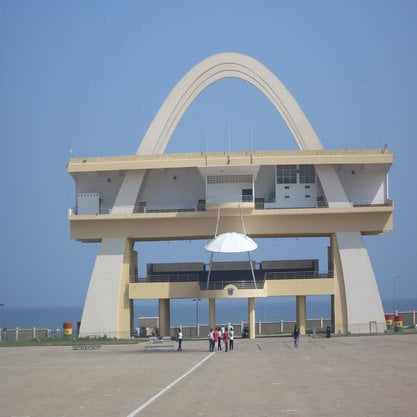Article
Tekle, Afewerk (1932–2012) By Cantone, Helena
Article
Afewerk Tekle was Ethiopia’s leading modern artist, famously known for introducing Western techniques of painting and sculpture to Ethiopia, and for his government commissions under Haile Selassie I and the infamous Derg regime of Mengistu. A prolific artist, Afewerk Tekle worked on Pan-African and Christian themes in particular, using diverse media from drawings, paintings, murals, mosaics, stained-glass windows, and sculpture, as well as designs for stamps, playing cards, posters, flags and national ceremonial dresses. His work was strongly influenced by Pan-African ideals and the optimism of the 1950s at the height of liberation movements sweeping across Africa. Afewerk Tekle first went to England to study engineering in 1947, and was later helped by British Suffragette Rita Pankhurst (1882–1960) with his artistic career and training at the Central School of Arts and Crafts and the Slade in London. Tekle returned to Addis Ababa in 1954, where he held his first solo show at the Municipality Hall, the first significant modern art exhibition in Ethiopia, which brought international attention to a new generation of modern Ethiopian artists.

